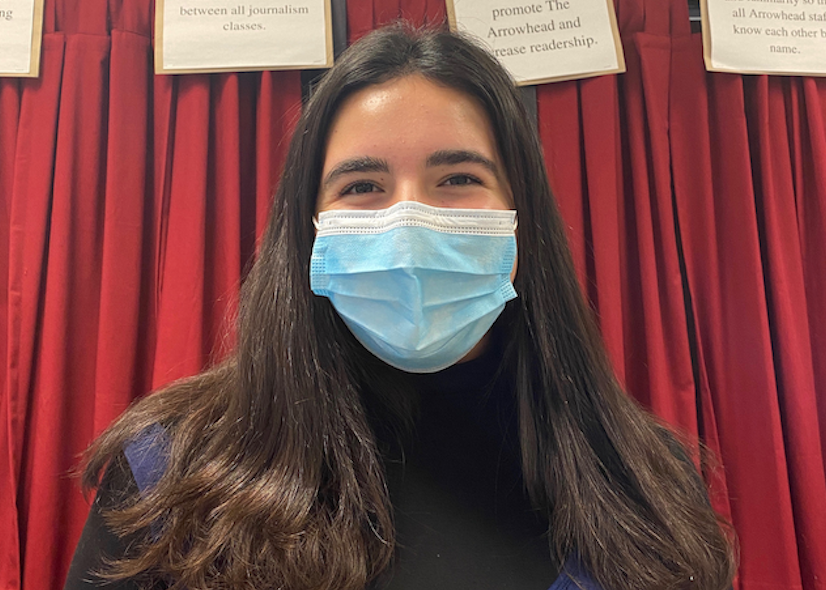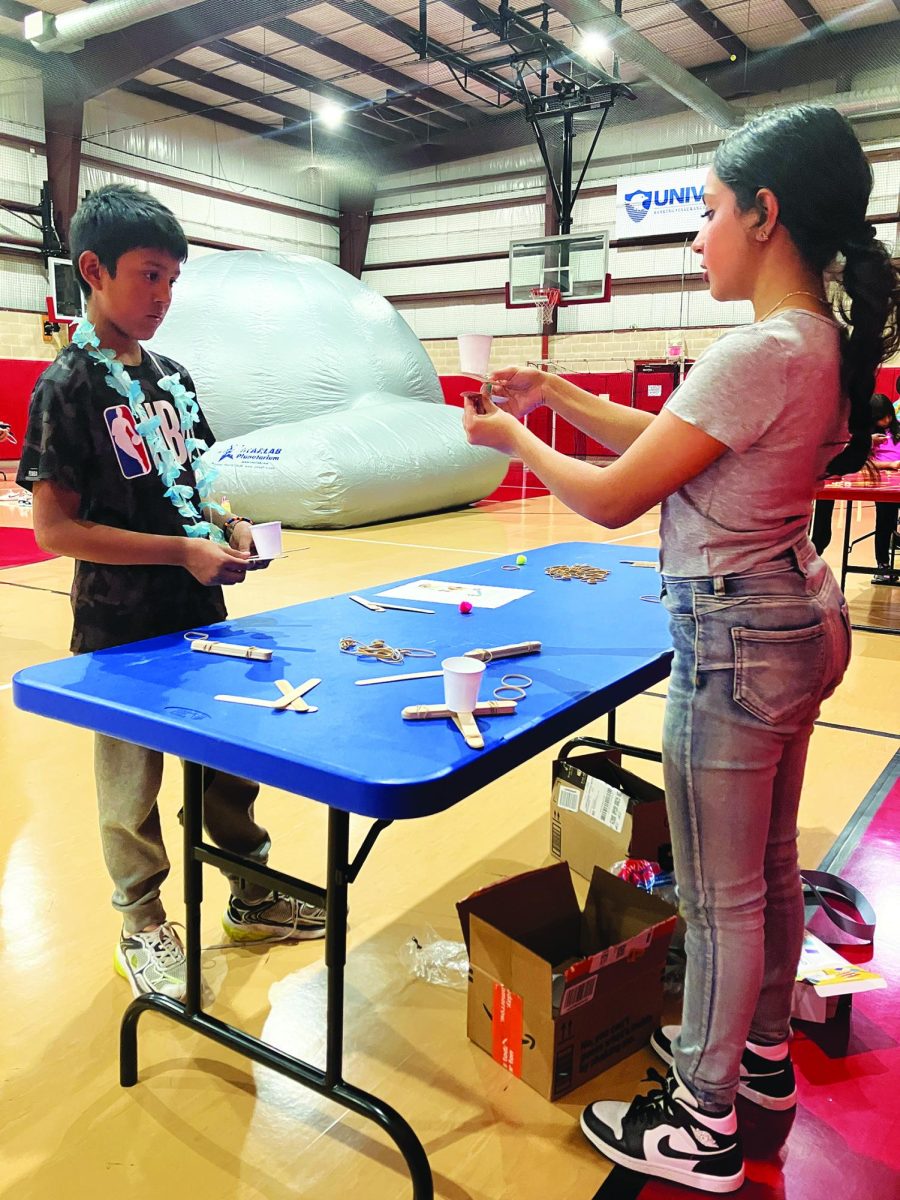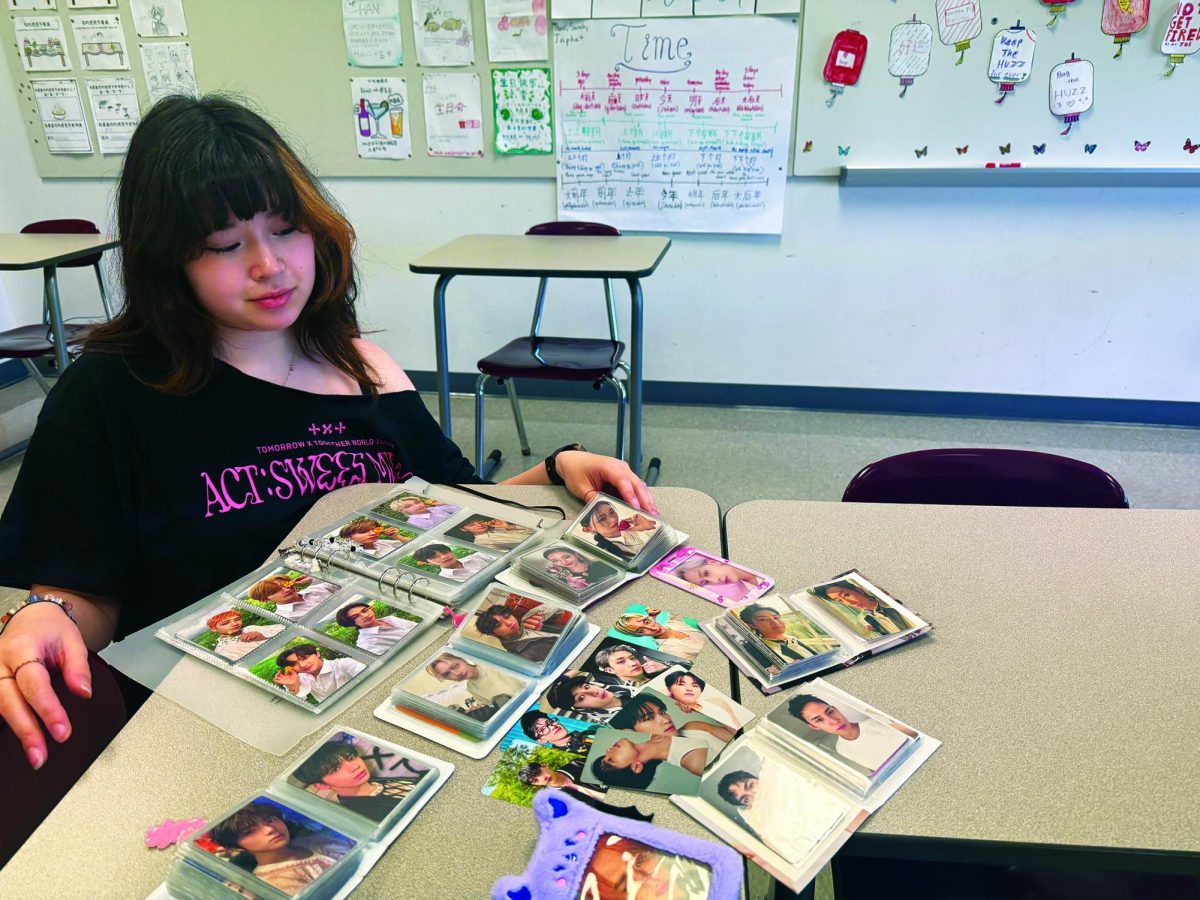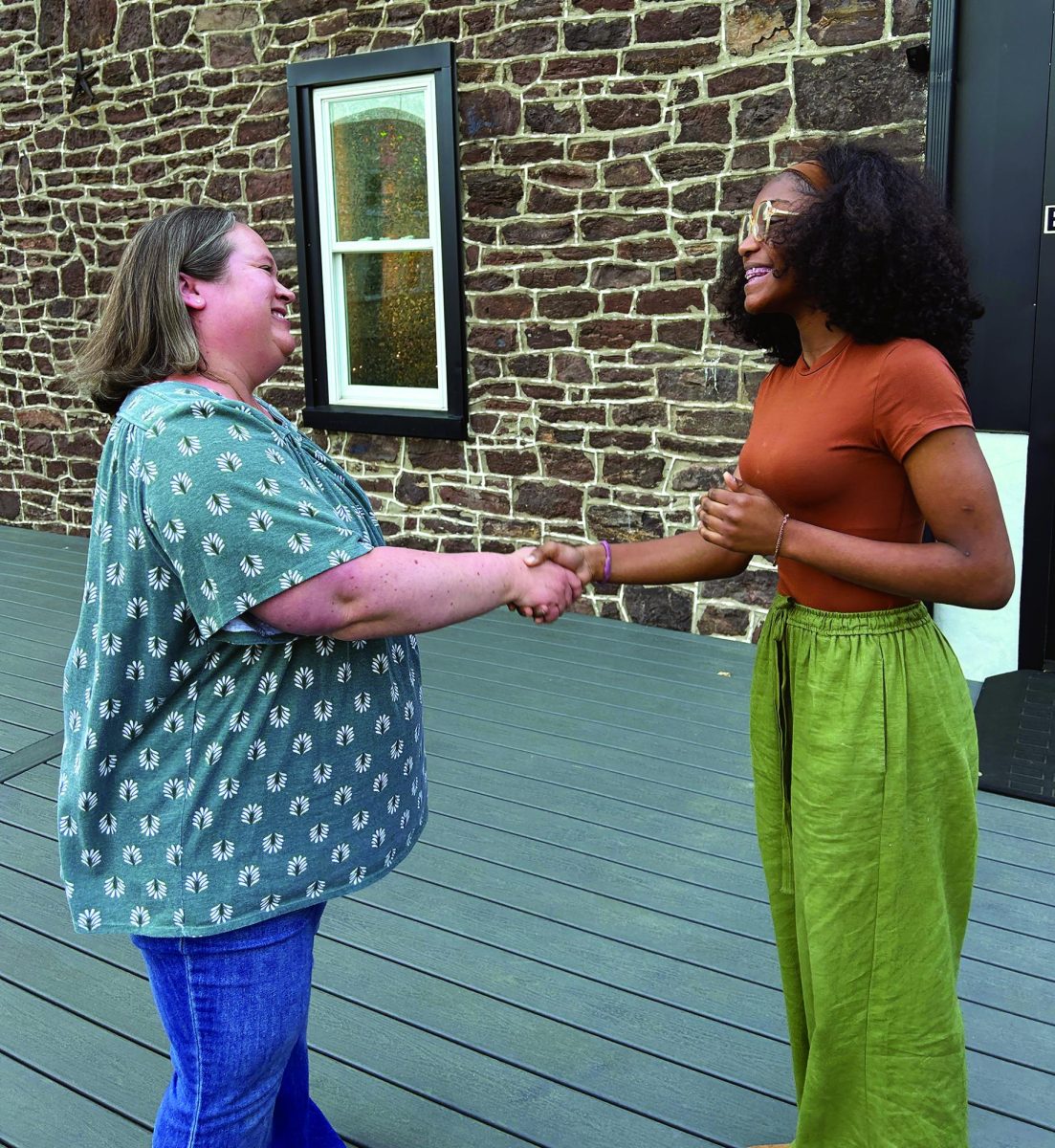In health classes where students with different backgrounds and identities learn, the United States curriculum fails to fully include the LGBTQ+ community because of the current educational system in place.
LGBTQ+ students do not have the necessary learning opportunities that straight students have in the United States classroom. This has been a constant struggle throughout history, yet no groundbreaking change has been made.
The bare minimum is being taught with basic lessons in high school health that cover reproduction and safe sex, but not enough is given to LGBTQ+ students.
According to GLSEN, the Gay, Lesbian & Straight Education Network, the lack of curriculum revolving around STDs and sexual health ultimately causes harm to LGBTQ+ students the most. This harm is rooted in stigmatization and stereotyping, which promotes unsafe school environments.
GLSEN’s Chief Research and Strategy Officer Dr. Joe Kosciw has called on factual data of how the lack of curriculum proves to be damaging.
According to Kosciw on glsen.org, “Less than five percent of LGBTQ+ students were taught about LGBTQ+ topics in a positive way in health class. In fact, eight states prohibit schools from providing this vital, life-saving information. This sends a dangerous message to LGBTQ+ students, along with their non-LGBTQ+ peers, that they are not an equal and valued part of the school community.”
With aspects of not having equal learning opportunities that other students have, LGBTQ+ students may not have the opportunities to thrive in their learning environments. By not feeling included in a curriculum that washes over the community, these students may not be motivated for school.
Along with the lack of inclusivity, LGBTQ+ students can particularly experience discomfort with their own sexualities. We are taught about our reproductive systems and our bodies, but the lessons revolve around reproduction between males and females.
Oftentimes, teachers as well as society in the U.S. convey that straight is the “normal”.
This can foster an unhealthy atmosphere in which straight students understand safe sex practices and don’t experinece confusion and discrimination, while LGBTQ+ students are left in the dust.
They should be taught about communication, consent and safety just as much as other students are in a different light that does not shine on LGBTQ+ students.
According to the Human Rights Campaign (HRC), research has shown negative effects of the curriculum insufficiency. LGBTQ+ students tend to suffer from not having trusted adults in school that could provide information that is necessary for their sexual education.
Thus, these students may use the internet to seek out information. According to the HRC, “Much of the sexual health information online is neither age-appropriate nor medically accurate, and peers may be misinformed.”
Having lesson plans that incorporate everyone can ultimately help students with their sexual orientation, gender identity and safe sex practices. HRC calls out the education system as to how it does not help to end the stigma around the LGBTQ+ community.
It is a simple demand. The curriculum is already built to educate straight students, and now is the time to include LGBTQ+ students for their educational well-being.
Individual school systems are therefore rightly obligated to implement content into their sex-ed lessons that provide accurate and modern information, encourage safe practices and eliminate stereotypes about LGBTQ+ sexual health.
Lack of LGBTQ+ sex ed in education system contributes to inequity
As students are continually educated on sex and reproductive systems between elementary school and high school, there is a definitive lack of concentration on the LGBTQ+ community. Content regarding safe sex precautions has not been taught to its full extent in schools across the U.S.
0
More to Discover
About the Contributor

Sophie Rodrique, Co Editor In Chief






